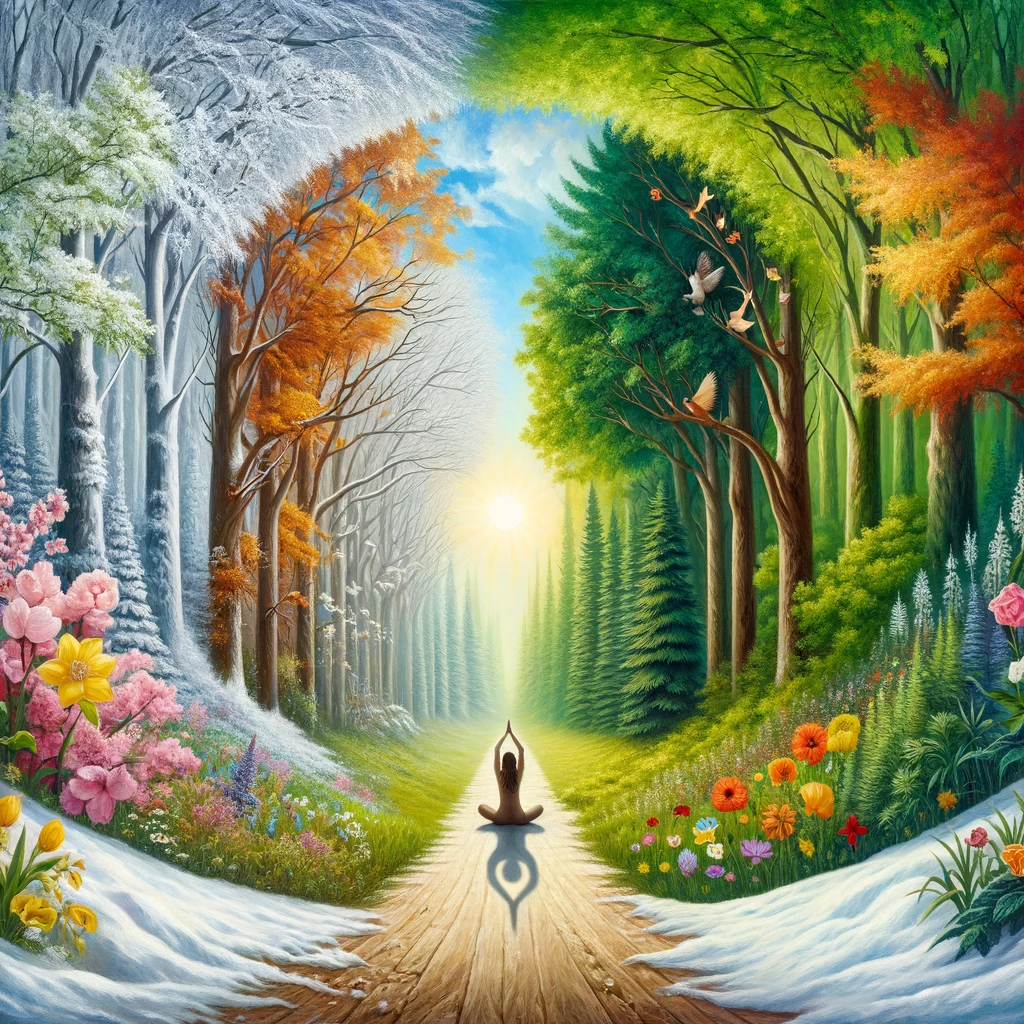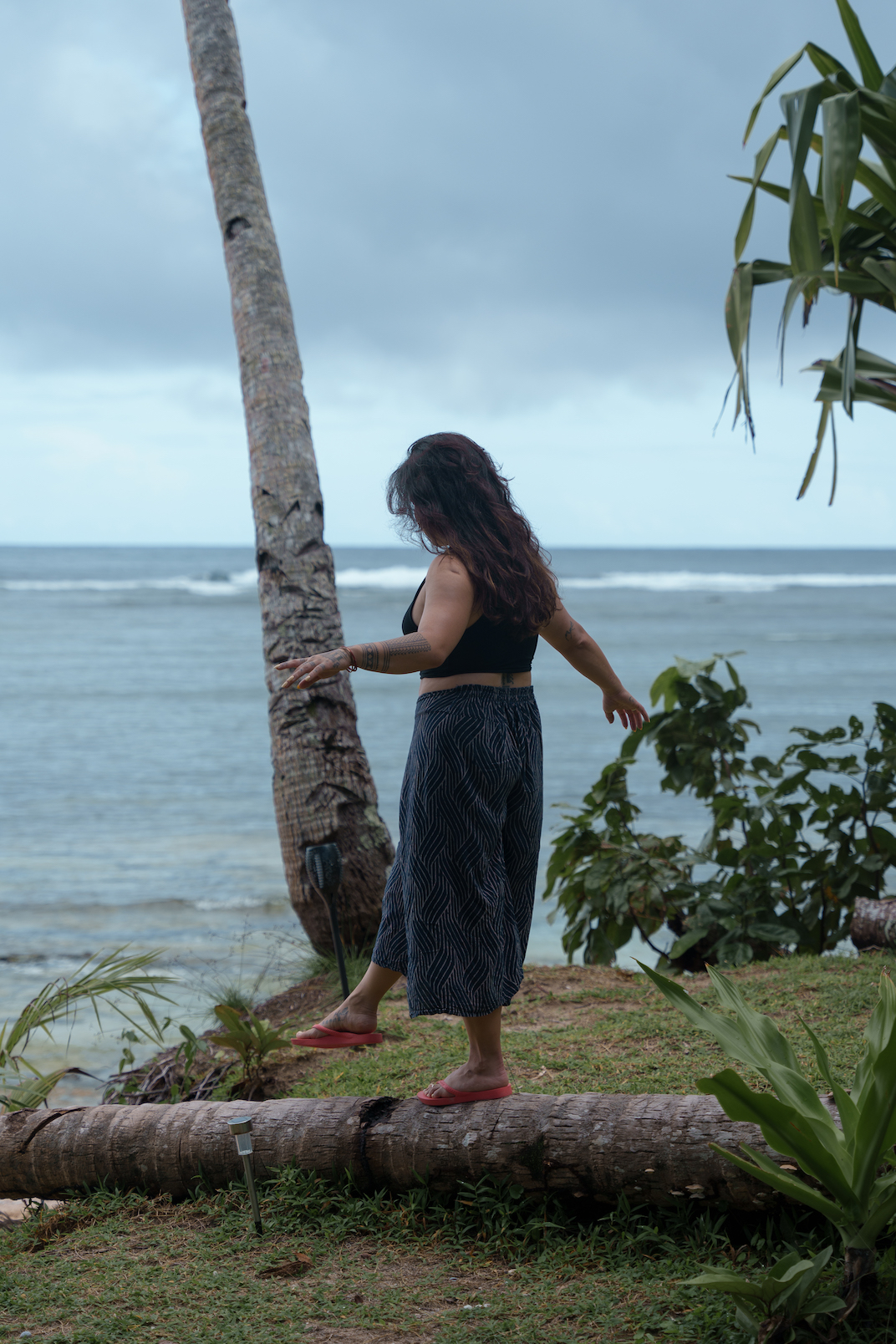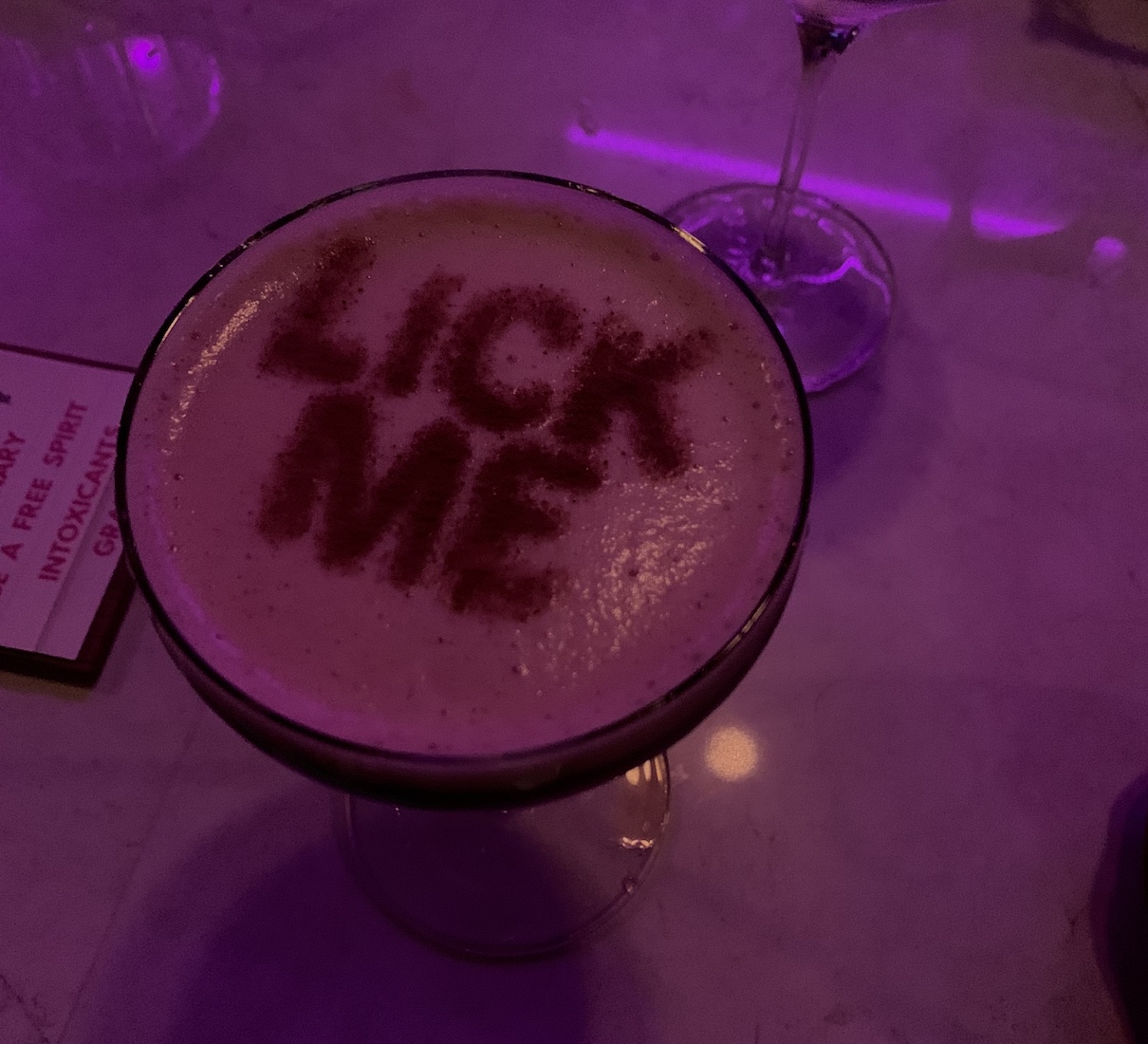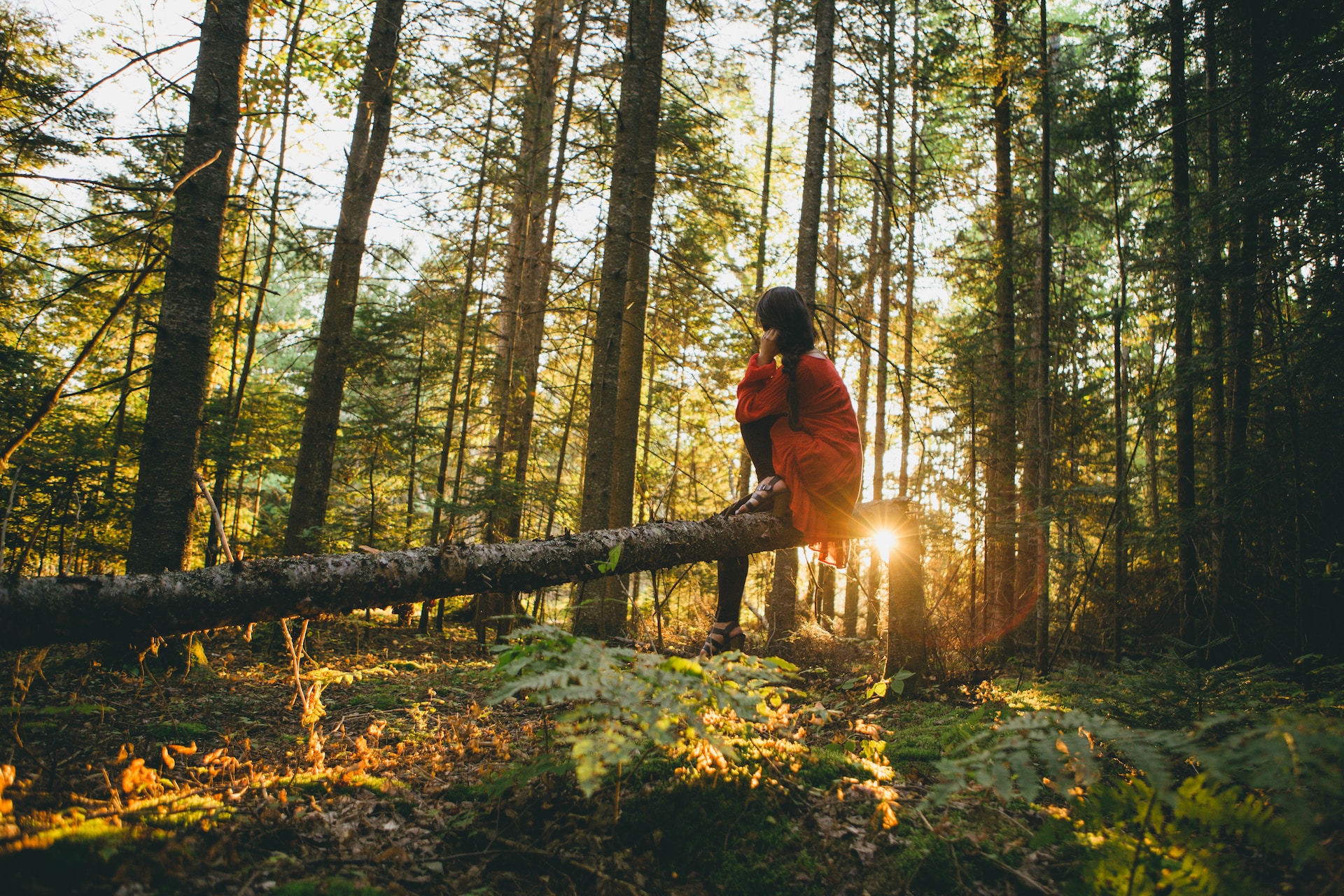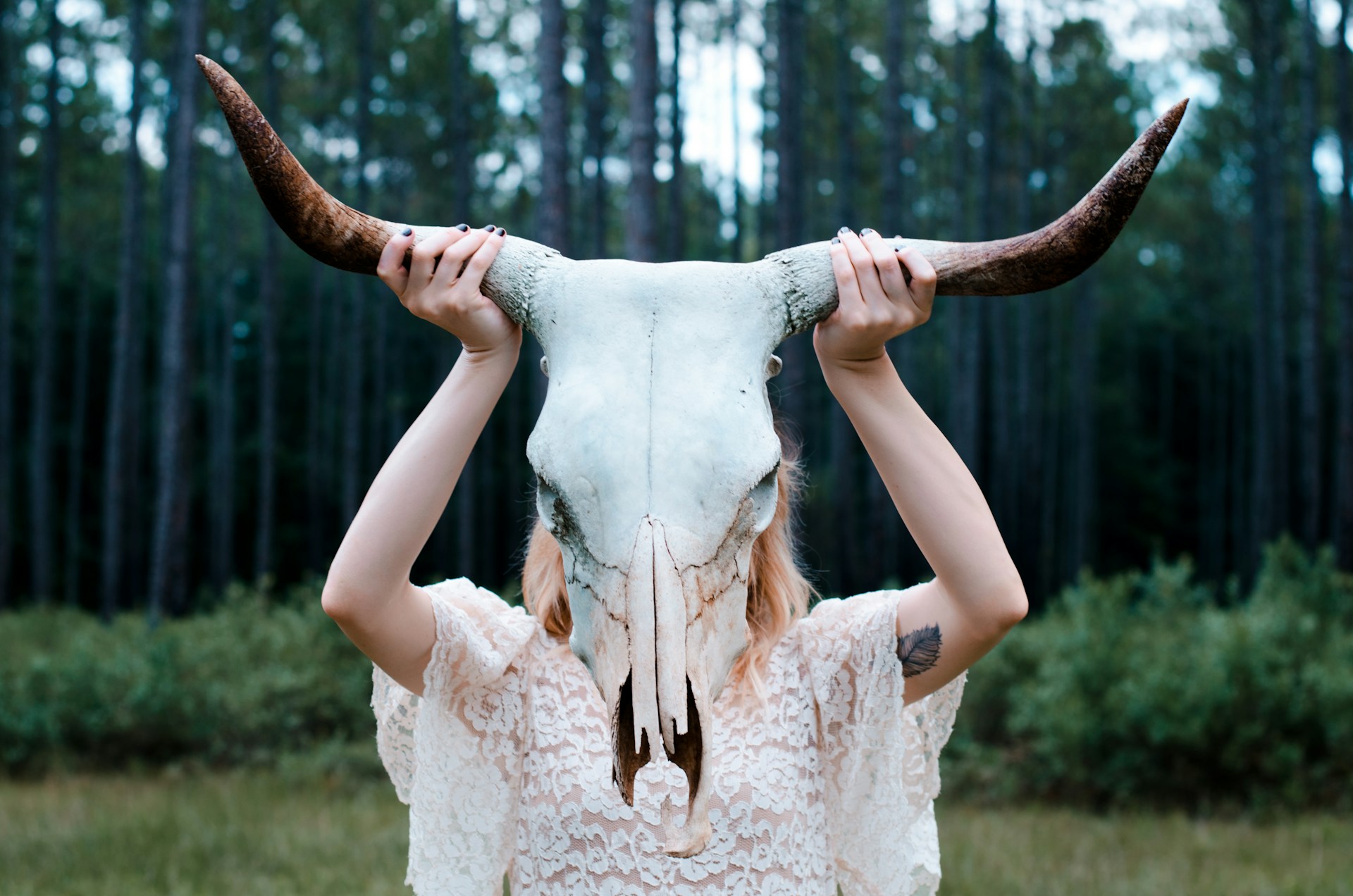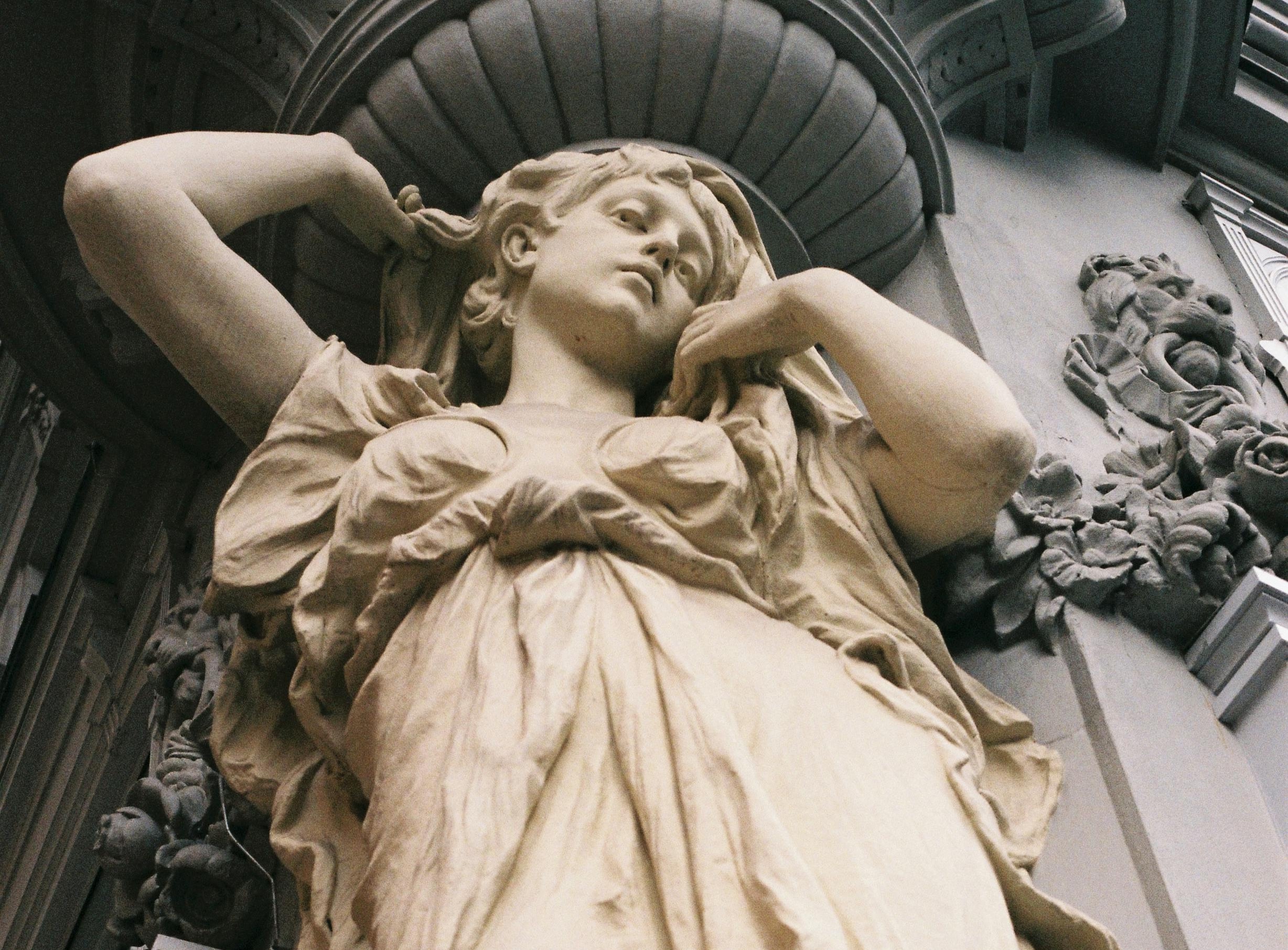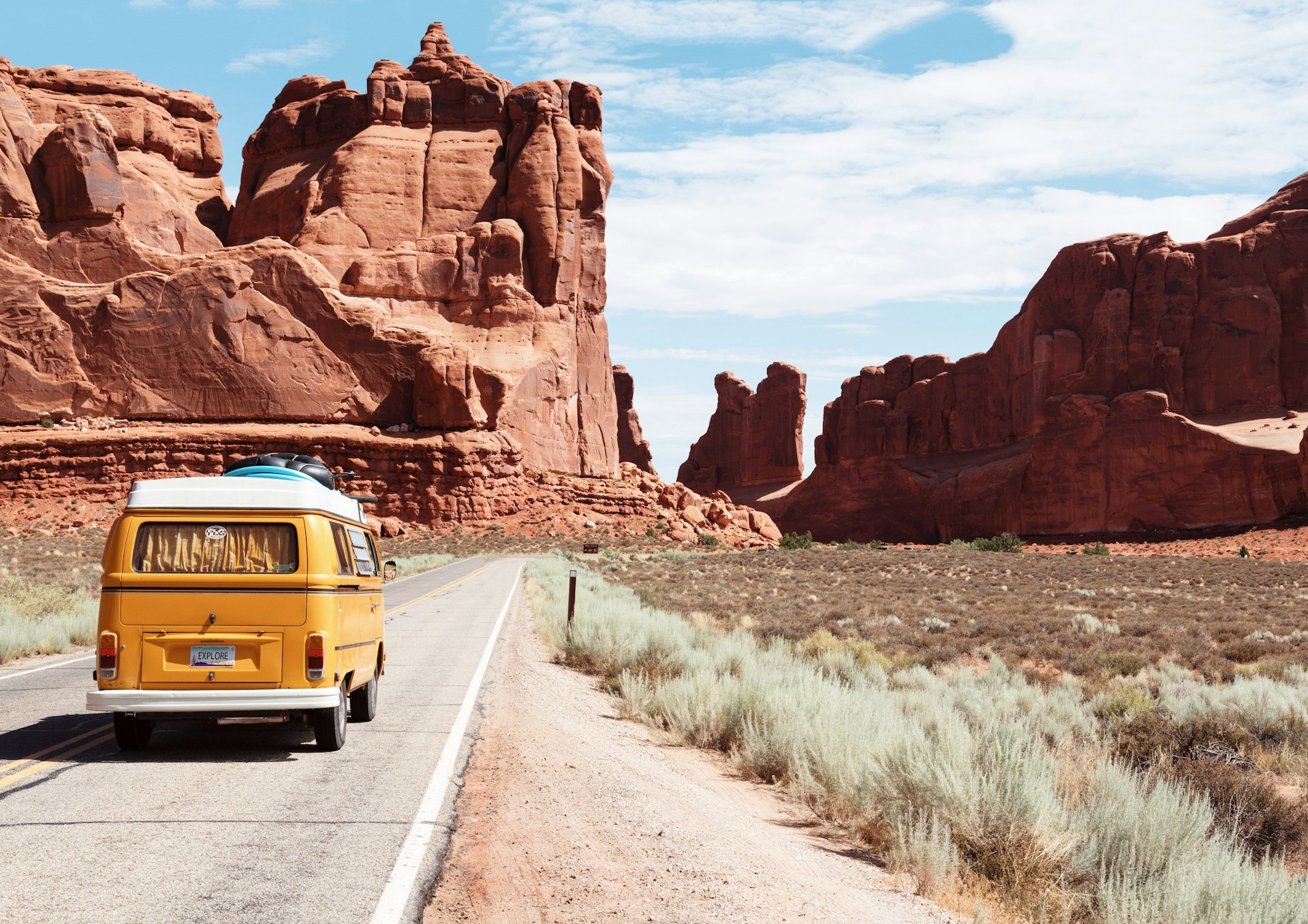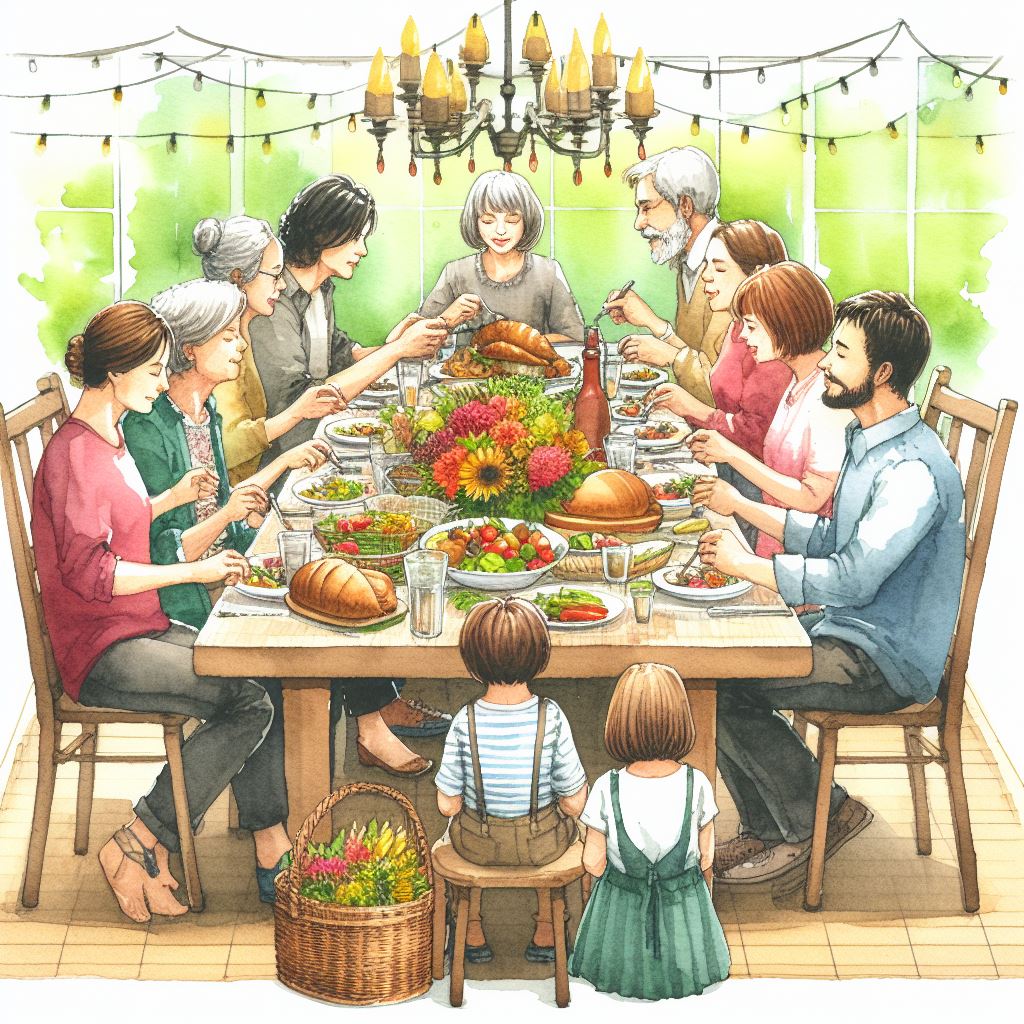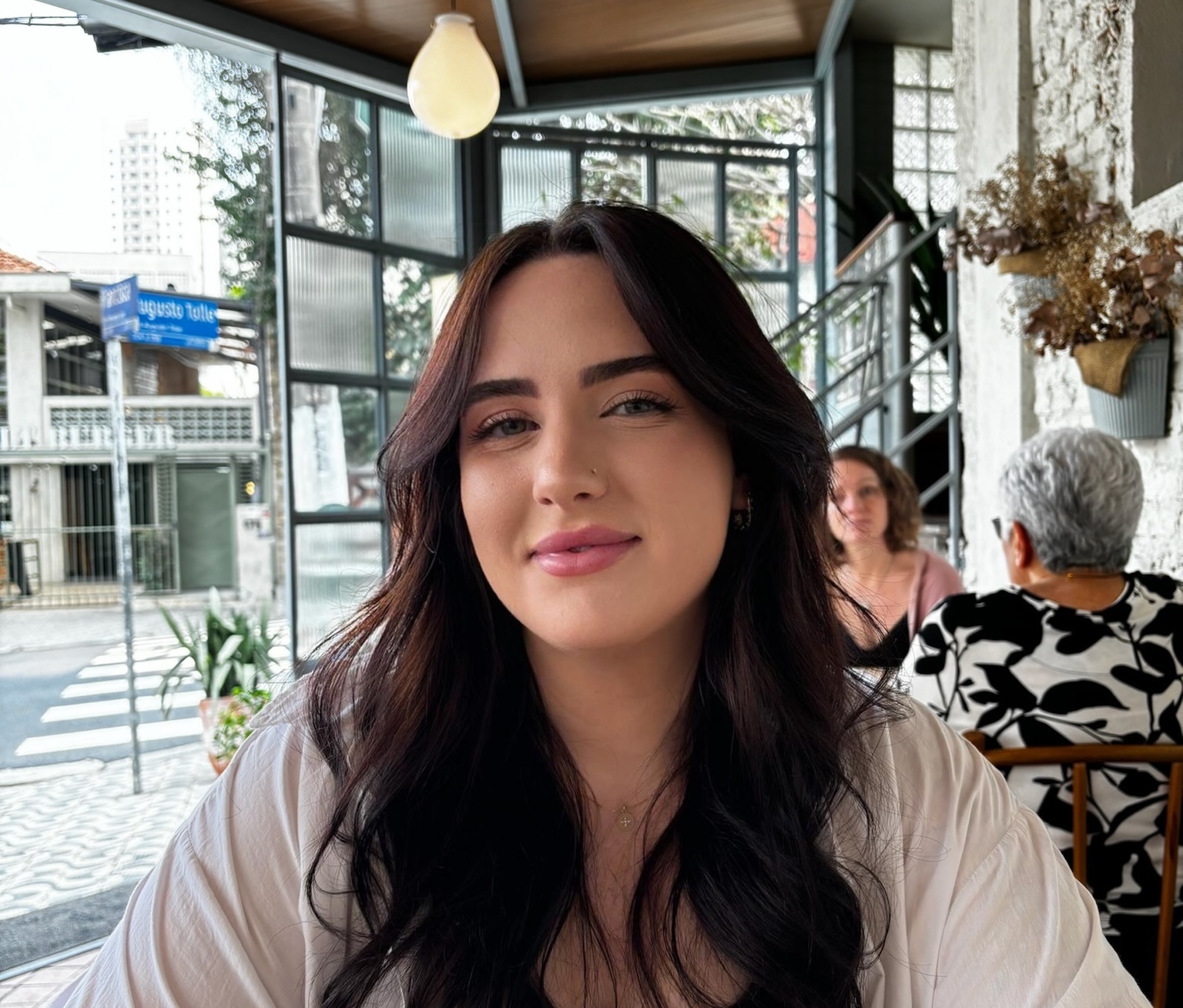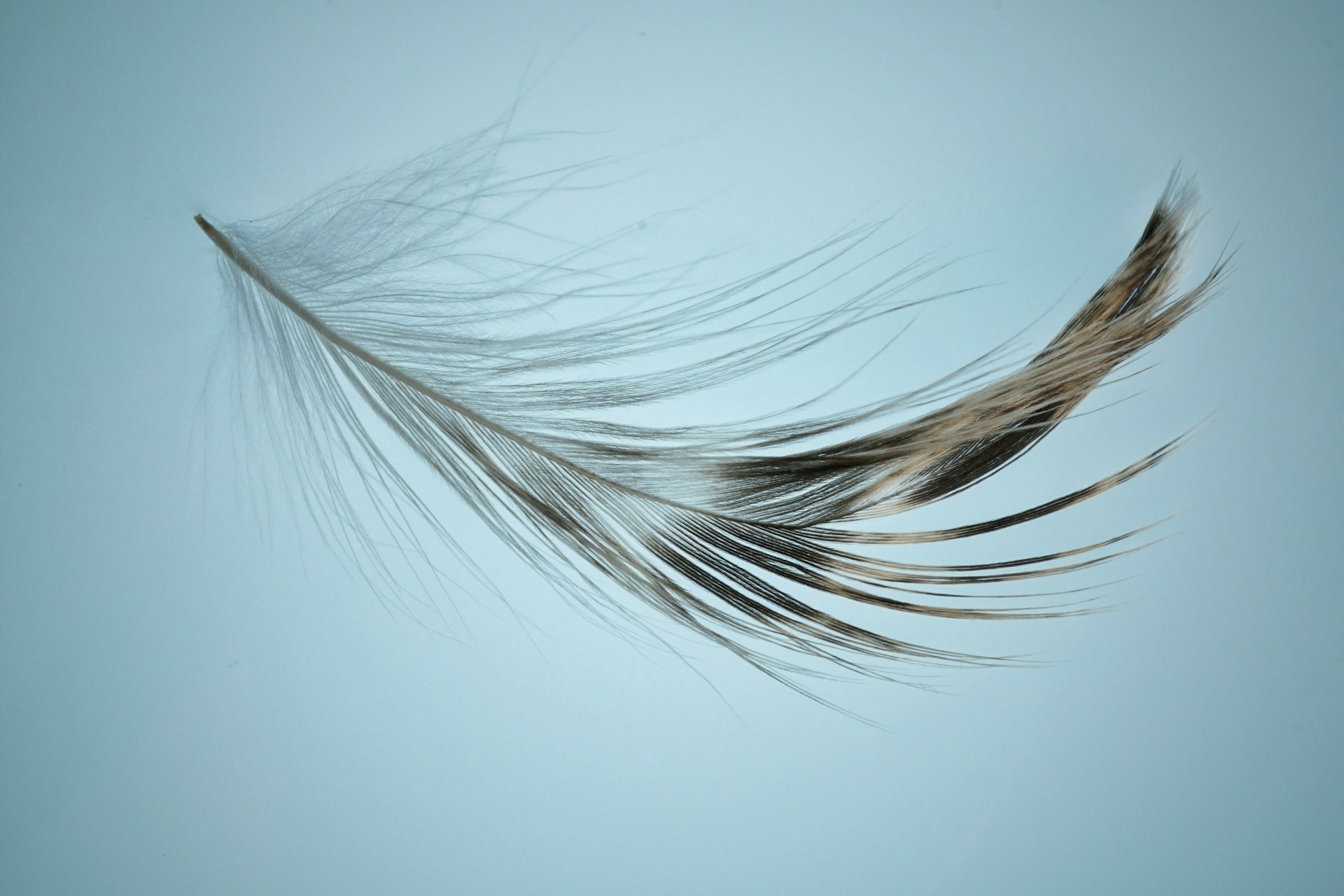Imagine sitting in a dimly lit theater, popcorn in hand, as the eerie sounds of a horror movie soundtrack begin to play. The anticipation builds, your heart races, and despite knowing you’re safe, you can’t help but feel a rush of excitement.
This scenario begs the question: why do we seek out experiences that scare us? Many of us love the thrill of a good scare, but what’s behind this paradoxical enjoyment? In this post, we’ll dive deep into the reasons why fear, when framed within safe boundaries, can be so appealing—from the biological buzz to the emotional and social benefits it brings.
The Thrill of Fear
When you think about being scared, what’s the first thing that comes to mind? Maybe it’s that sudden rush you feel during a jump scare in a movie or the heightened senses you experience walking through a haunted house. This reaction is all thanks to adrenaline, a hormone that primes your body for action. This “fight or flight” response isn’t just for facing real danger; it also kicks in during false alarms, providing a natural high without the consequences.
The Lure of Adrenaline
For some, this rush is addictive. The adrenaline boosts your energy and sharpens your senses, making you feel more alive. It’s similar to the sensation thrill-seekers crave when skydiving or bungee jumping. These experiences break the monotony of daily life, offering an exhilarating escape from the ordinary.
The Safety Net of the Entertainment Context
One of the key reasons we can enjoy being scared is the knowledge that, in most cases, the danger isn’t real. Watching a horror film or exploring a spooky virtual reality game allows us to experience fear in a controlled environment. This setup provides the thrill without any actual risk, letting us explore our darker curiosities safely.
Controlled Danger
The concept of controlled environments plays a huge role in our enjoyment of scary experiences. For example, haunted houses are designed to scare you in a space where you know deep down you’re not in any real danger. This allows you to scream and laugh afterward, relieved and amused rather than truly terrified.
Catharsis and Emotional Release
Delving into scary scenarios can be surprisingly therapeutic. It allows for an emotional purge, a way to let out pent-up feelings through a process known as catharsis. This can be particularly appealing in a world where expressing fear or anxiety in daily situations isn’t always appropriate or possible.
Emotional Escapism
Besides catharsis, engaging with fear can serve as a form of escapism. It distracts from everyday worries and immerses you in an experience that’s miles away from your regular stresses. This break can be as refreshing as a good night’s sleep, resetting your emotional state.
Social Bonds and Shared Experiences
There’s something about a shared scare that brings people together. Whether it’s laughing about how high you jumped during the latest slasher film or clutching each other’s hands during a nerve-wracking haunted house visit, these experiences can create and strengthen bonds between people.
The Social Side of Fear
These shared experiences in scary settings can act as a social glue, fostering a sense of unity and camaraderie. They give us stories to share and memories to laugh over, long after the scary moment has passed. It’s a way to connect on a deeper level, sharing vulnerabilities and building trust.
Fear and Curiosity
It’s in our nature to be curious, and often, it’s the mysterious or the unknown that captivates us the most. Fear and curiosity are closely linked, with our innate desire to understand the unknown driving us towards rather than away from scary experiences.
Exploring the Unknown
Curiosity often leads us into the shadows. Whether it’s ghost stories or unsolved mysteries, the allure of the unknown challenges us to confront our fears and explore. This curiosity can push us beyond our comfort zones, leading to personal growth and new experiences that expand our worldview.
Biological and Evolutionary Perspectives
Our fascination with fear isn’t just psychological; it’s deeply rooted in our biology. Fear has played a crucial role in human survival, helping our ancestors stay alert and avoid threats. Today, these evolutionary instincts still influence how we react to fear, even in situations that aren’t life-threatening.
Evolutionary Benefits of Fear
Understanding the evolutionary advantage of fear helps us appreciate why it can be so exhilarating. Historically, quick reactions to fearful situations could mean the difference between life and death. Nowadays, while we’re not often in mortal danger, these instincts still provide a vital adrenaline rush that can feel thrilling.
Modern Fear in an Ancient Context
Our brains are hardwired to respond to fear, but the modern world often doesn’t provide the kinds of challenges our ancestors faced. As a result, seeking out controlled scary experiences can be a way to activate these ancient circuits in a safe, enjoyable way.
Understanding why we love being scared enriches our experiences of fear. From the thrill of adrenaline and the psychological release of catharsis to the social bonding and exploration of our curiosities, fear touches on many aspects of human life. It’s a complex emotion, interwoven with our biology and social interactions, providing not just chills and thrills but also opportunities for emotional and social growth.
Next time you watch a horror movie or walk through a haunted attraction, remember that there’s more going on than meets the eye. You’re engaging in a deep, intricate dance with your primal instincts, one that’s both ancient and uniquely human.


